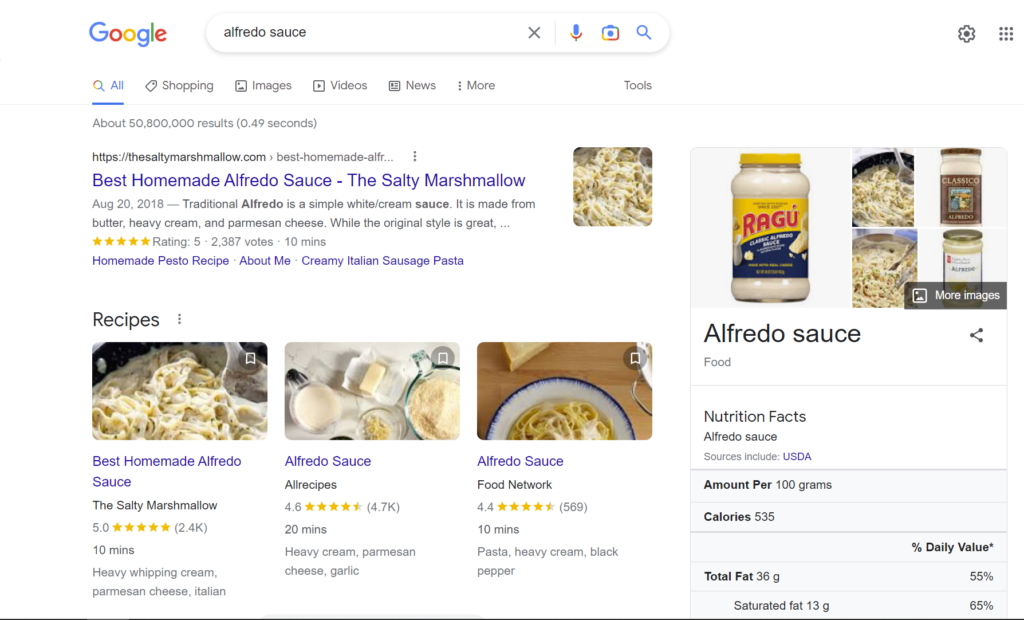Understanding Google’s algorithm and using it to your advantage is the best way to secure warm leads. At Sterling Content, we do this by researching the actual phrases and questions people use on Google, and then plug those phrases naturally into content that those same users actually want to read.
This is the essence of search engine optimized content, and it’s the cornerstone of what we do here.
Keyword research will generate the popular “words” that are commonly used when people search within your industry, and researching the right keywords will attract users.
But a longtail keyword is more than a word — it’s a commonly used phrase or question that actually identifies the RIGHT kind of user, one who already has an interest in what you’re selling.
Longtail keywords play a major role in Google’s algorithm, so you need to understand how to align them with your goals. This means matching content with user intent.
Longtail Keywords for Long-Term Gain
Let’s say you’re a townhouse rental company in Toronto. Targeting the keyword ‘condo rentals’ doesn’t help your business much because you might attract a person searching for ‘townhouse vs. condo rentals.’ That’s a bit of wasted effort. But “2-bath condo rental in Toronto” is a much better keyword to target because it shows user intent.
If we’re going to put work into SEO-targeted content, we want to make sure we’re attracting users who are already looking for your product or service.
Longtail keywords indicate a user well on the road to conversion, and that alone is a pretty strong reason to use them in your content.
Of course, trends change, and so do longtail keywords. This is why you want a blog curation specialist to continually monitor what phrases are trending, and constantly apply them to fresh new content. These SEO best practices will generate a massive amount of free traffic for your business.

Understanding how to integrate longtail keywords is a science — and it’s far too complex to lay out in a single article, but here’s the gist.
Identifying search intent is crucial
Search intent (or user intent or audience intent) is a term that denotes the purpose of an online search. It’s the reason why someone types something into Google — and understanding this part of the user journey is the key to generating leads online.
Is a user looking for an answer to a question they have? Are they looking to visit a specific website? Or, are they searching online because they want to buy something but don’t know where to start? The right SEO research can help you identify and coax the latter kind of user, and bring them where they already want to go — to you.
Recognizing the 4 types of search intent
1. Informational intent
There are a few distinct types of search intent. We’ll go into the four most commonly used ones:
Lots of internet searches are conducted by users looking for information. People with an informational intent have a specific question or want to know more about a certain topic.

Google’s understanding of intent goes much further than simply giving users informational results about a specific term. It knows, for example, that people looking for “alfredo sauce” are likely looking for some recipes rather than the sauce’s culinary history. It understands user intent; for a search term such as “how to make alfredo sauce,” Google might include videos.
2. Navigational intent
The next type of search intent is navigational intent. People with this intent want to visit a specific website. An example of this might be someone typing in “bedside table IKEA.”
Keep in mind that ranking high for a navigational term is mainly beneficial if your site is the site people are looking for. At Sterling Content, we use Google Analytics as one of our many tools. But our site doesn’t rank for that term because most users who search for that term are looking for that page on Google’s site.

3. Transactional intent
The third type of search intent is transactional intent. Many people who make purchases online already know what they want, and they’re just trying to find the best place to acquire it. If someone types in “IKEA Billy Bookshelf,” they know the product, but they might be interested in finding it someplace other than IKEA — such as Kijiji or Craigslist.
Here’s where we get into the bread and butter of optimized blog content. Users who have the intention to buy in the (near) future and use a search engine to conduct their research are the people who will most likely be influenced by SEO-driven content.
4. Commercial Intent
Commercial intent is the process of evaluating the likelihood that someone searching for a keyword becomes a lead or customer.
These users have transactional intent but need some more time and convincing.
Commercial intent keywords are those typed into search engines by consumers looking to buy or educate themselves in order to buy — they are essentially a call-out from prospective customers to pitch them what you’re selling?
Commercial intent is calculated by looking at the number of people that advertise on a specific keyword in Google Adwords. If these keywords didn’t produce warm leads, companies wouldn’t spend on them.
Put another way, “commercial investigating intent” means that there are people who want your services but don’t know you exist yet. This is where we can help drive motivated buyers to your site.
How to optimize your content for search intent
Why am I telling you all of this?
Because I want you to understand the reasoning behind the work we do, and why we choose the tools that we do. Understanding keyword intent means understanding the words and phrases people use in their Google search that will give us insight into their motivations as consumers.
This is why you need a blog that updates regularly, and offers insightful content. In fact, consistent and engaging blog content makes up 26% of Google’s algorithmic preference.

Google wants to drive users toward relevant content. If you have a regular, engaging blog, Google will send people your way. Which users will it send? It will send you people whose questions are mirrored in your content.
If people are looking for info, you don’t want to bring them directly to a product page. You’ll just scare them away. But if someone who wants a product that you sell (but doesn’t know you exist), you want them to land on a blog post that first and foremost answers their questions and offers them a solution. Once they make the connection that what you offer is the answer to their need, they’ll buy.
That’s the science of SEO-driven content in a nutshell.
Understanding Google’s algorithm and using it to your advantage is the best way to secure warm leads. Want to learn more about how to build an optimized blog? Get in touch with us today.




